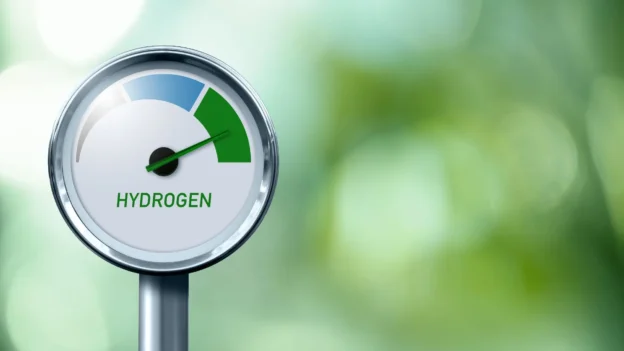The new Hydrogen Tracker launched by the International Energy Agency(IEA) provides detailed information on active and future projects, infrastructure and associated costs, establishing itself as a must-have resource for governments, companies and energy sector analysts.
Information obtained from the hydrogen tracker
Since 2020, the tracker collects data on the accumulation of low-emission hydrogen and presents it segmented by technology and development status. This feature allows comparison of projects in operation, under construction or in the planning phase, facilitating trend analysis and tracking regional growth in the sector.
The tool allows exploring the cost of hydrogen production using multiple technologies, including electrolysis with renewable energy and production with carbon capture. These data are presented on a global and regional scale, which facilitates comparative analysis and the identification of regions with greater potential for economic competitiveness.
In addition to production projects, the tracker provides detailed information about hydrogen transportation pipelines y subway storage sites. These layers of information make it possible to analyze the development of the infrastructure needed to scale up hydrogen use in different markets and to estimate its level of deployment by 2035.
One of the most powerful features of the tracker is its policy database, which already exceeds 1,000 measures implemented or announced since 2020. This component makes it possible to compare regulatory strategies by country and assess their alignment with global decarbonization targets.
The Hydrogen Tracker is methodologically aligned with the IEA‘s Global Hydrogen Review 2025, serving as an empirical basis for the analysis of the state of the sector. In addition, the interactivity and openness to updates by users strengthen its value as a living and constantly evolving resource.
Source: IEA
Photo: Shutterstock

